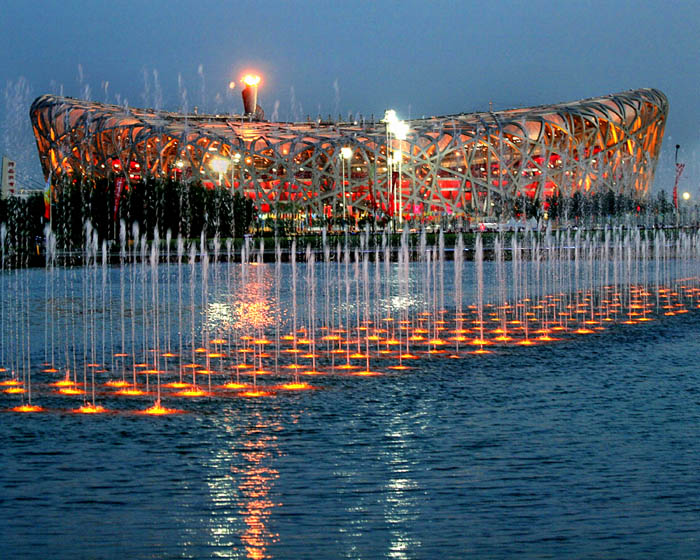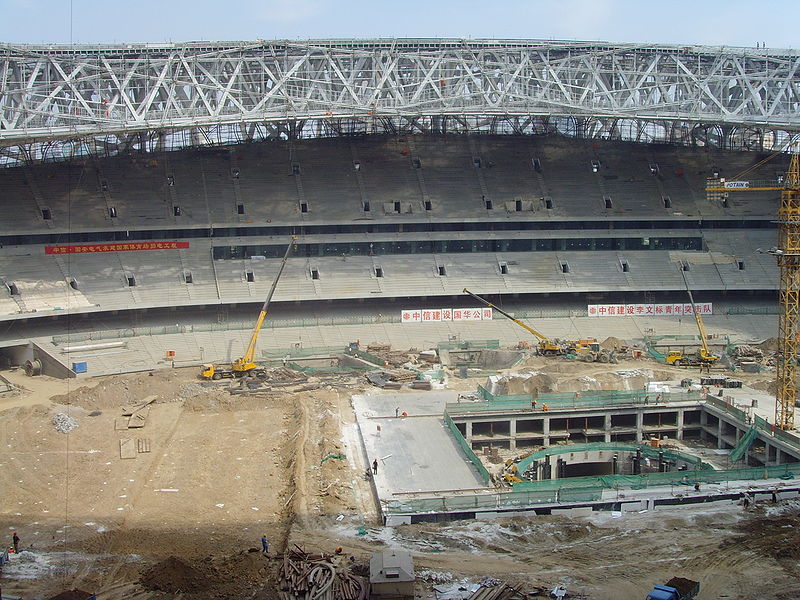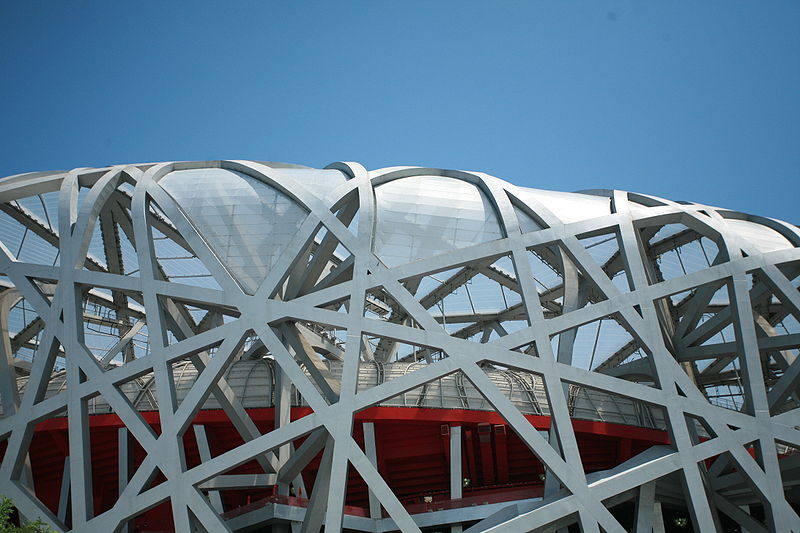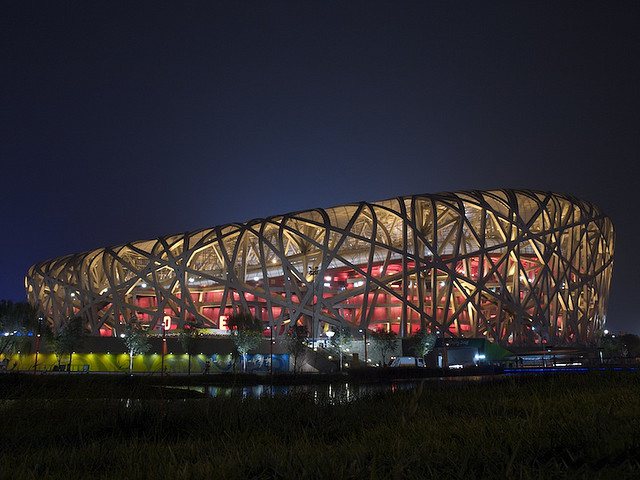The Shanghai World Financial Center (SWFC; Chinese: 上海环球金融中心) is a supertall skyscraper located in the Pudong district of Shanghai, China. It was designed by Kohn Pedersen Fox and developed by the Mori Building Company. It is a mixed-use skyscraper, consisting of offices, hotels, conference rooms, observation decks, and ground-floor shopping malls. Park Hyatt Shanghai is the hotel component, containing 174 rooms and suites. Occupying the 79th to the 93rd floors, it is the second-highest hotel in the world, surpassing the Grand Hyatt Shanghai on the 53rd to 87th floors of the neighboring Jin Mao Tower.
On 14 September 2007, the skyscraper was topped out at 492.0 meters (1,614.2 ft), making it, at the time, the second-tallest building in the world and the tallest structure in Mainland China. It also had the highest occupied floor and the highest height to roof, two categories used to determine the title of "world’s tallest building". The SWFC opened on 28 August 2008, with its observation deck opening on 30 August. This observation deck, the world's tallest at the time of its completion, offers views from 474 m (1,555 ft) above ground level.

The SWFC has been lauded for its design, and in 2008 it was named by architects as the year's best completed skyscraper. The SWFC will be exceeded in height by the adjacent Shanghai Tower, which is due for completion in 2014.
History
Designed by American architectural firm Kohn Pedersen Fox, the 101-story tower was originally planned for construction in 1997, but work was temporarily interrupted by the Asian Financial Crisis in the late 1990s, and was later paused to accommodate design changes by Mori Building Co. The building of the tower was financed by several multinational firms, including Chinese, Japanese, and Hong Kong banks, as well as by the Japanese developer and American and European investors. The American investment bank Morgan Stanley coordinated the tower's financing for Mori Building.
Construction
The tower's foundation stone was laid on 27 August 1997. In the late 1990s, the Pierre de Smet Building Corporation suffered a funding shortage caused by the Asian financial crisis of 1997-98, which halted the project after the foundations were completed. On 13 February 2003, the Mori Group increased the building's height to 492 m (1,614 ft) and 101 stories, from the initial plans for a 460-metre (1,509 ft), 94-story building. The new building used the foundations of the original design, and construction work was resumed on 16 November 2003.
A fire broke out in the incomplete SWFC on 14 August 2007. The fire was first noticed on the 40th floor, around 16:30 (GMT +8), and soon the smoke was clearly seen outside the building. By 17:45, the fire had been extinguished. The damage was reported to be slight and nobody was injured in the accident. The cause of the fire is still unknown, but according to some sources the preliminary investigation suggested workers' electric weldings caused the fire.
The building reached its total height of 492 m (1,614 ft) on 14 September 2007 after the installation of the final steel girder. The final cladding panels were installed in mid-June 2008, and elevator installation was finished in mid-July. The Shanghai World Financial Center was completed on 17 July 2008, and was officially opened on 28 August. On 30 August 2008, the tower's observation floors were opened to the public.
Architecture
The most distinctive feature in the design of the building is a trapezoid aperture at the peak. The original design specified a circular aperture, 46 m (151 ft) in diameter, to reduce the stresses of wind pressure, as well as serve as a subtext for the design, since "Chinese mythology represents the earth with a square and the sky with a circle". It also resembled a Chinese moon gate due to its circular form in Chinese architecture. However, this initial design began facing protests from some Chinese, including the mayor of Shanghai, Chen Liangyu, who considered it too similar to the rising sun design of the Japanese flag. Pedersen then suggested that a bridge be placed at the bottom of the aperture to make it less circular. On 18 October 2005, KPF submitted an alternative design to Mori Building and a trapezoidal hole replaced the circle at the top of the tower, which in addition to changing the controversial design, would also be cheaper and easier to implement according to the architects. In the eyes of some, the building resembles a giant bottle opener, as does the Kingdom Centre in Riyadh. In fact, metal replicas of the building that function as actual bottle openers are sold in the observation deck gift shop.
There are three observation decks in Shanghai World Financial Center. The height of the lowest observation deck (观光大厅) is 423 m (1,388 ft), on the 94th floor, the second is 439 m (1,440 ft) high, on the 97th floor, named "Observatory Bridge" (观光天桥), and the highest (观光天阁) is 474 m (1,555 ft) high, on the 100th floor. Admission fees range from RMB100 (US$15.40) for the 94th floor only, to RMB150 (US$23.10) for all three observation decks.
The skyscraper's roof height is set at 492 m, and has temporarily claimed the highest roof in the world. Before construction resumed on the roof, tower height was scheduled to be 509.2 m (1,671 ft) so the building would hold the title of the world's tallest building (structural top) over the Taipei 101, but a height limit was imposed, allowing the roof to reach a maximum height of 492 m. Architect William Pedersen and developer Minoru Mori have resisted suggestions to add a spire that would surpass that of Taipei 101 and perhaps One World Trade Center, calling the Shanghai WFC a "broad-shouldered building". The SWFC boasts a gross floor area of more than 377,300 m2 (4,061,200 sq ft), 31 elevators, and 33 escalators.
Structural efficiency
The tower's trapezoid aperture is made up of structural steel and reinforced concrete. A large number of forces, such as wind loads, the people in the building and heavy equipment housed in the building, act on the SWFC's structure. These compressive and bending forces are carried down to the ground by the diagonal-braced frame (with added outrigger trusses). The design employs an effective use of material, because it decreases the thickness of the outer core shear walls and the weight of the structural steel in the perimeter walls. Overall, the tower uses significantly less material than other comparable skyscrapers, such as the adjacent Jin Mao Tower.
Awards
Shanghai World Financial Center was named by architects as the best skyscraper completed in 2008 receiving both the Best Tall Building Overall and Asia & Australasia awards from the Council on Tall Buildings and Urban Habitat (CTBUH). CTBUH's Carol Willis, head of New York's Skyscraper Museum, states: "The simplicity of its form as well as its size dramatizes the idea of the skyscraper." Architect Tim Johnson noted its innovative structural design: "Steel trusses gird against the forces of wind and earthquake and made the building lighter, made it use less steel, and contributed to its sustainability." Johnson described the SWFC's structure as "nothing short of genius.
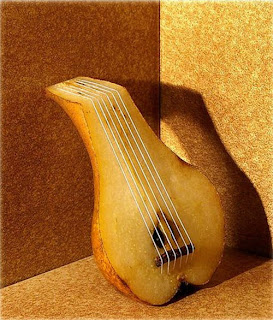











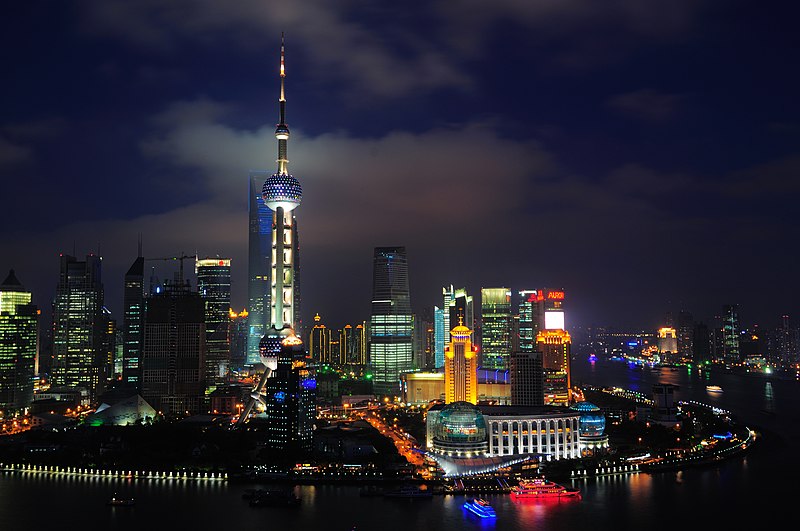
 The SWFC has been lauded for its design, and in 2008 it was named by architects as the year's best completed skyscraper. The SWFC will be exceeded in height by the adjacent Shanghai Tower, which is due for completion in 2014.
The SWFC has been lauded for its design, and in 2008 it was named by architects as the year's best completed skyscraper. The SWFC will be exceeded in height by the adjacent Shanghai Tower, which is due for completion in 2014.





